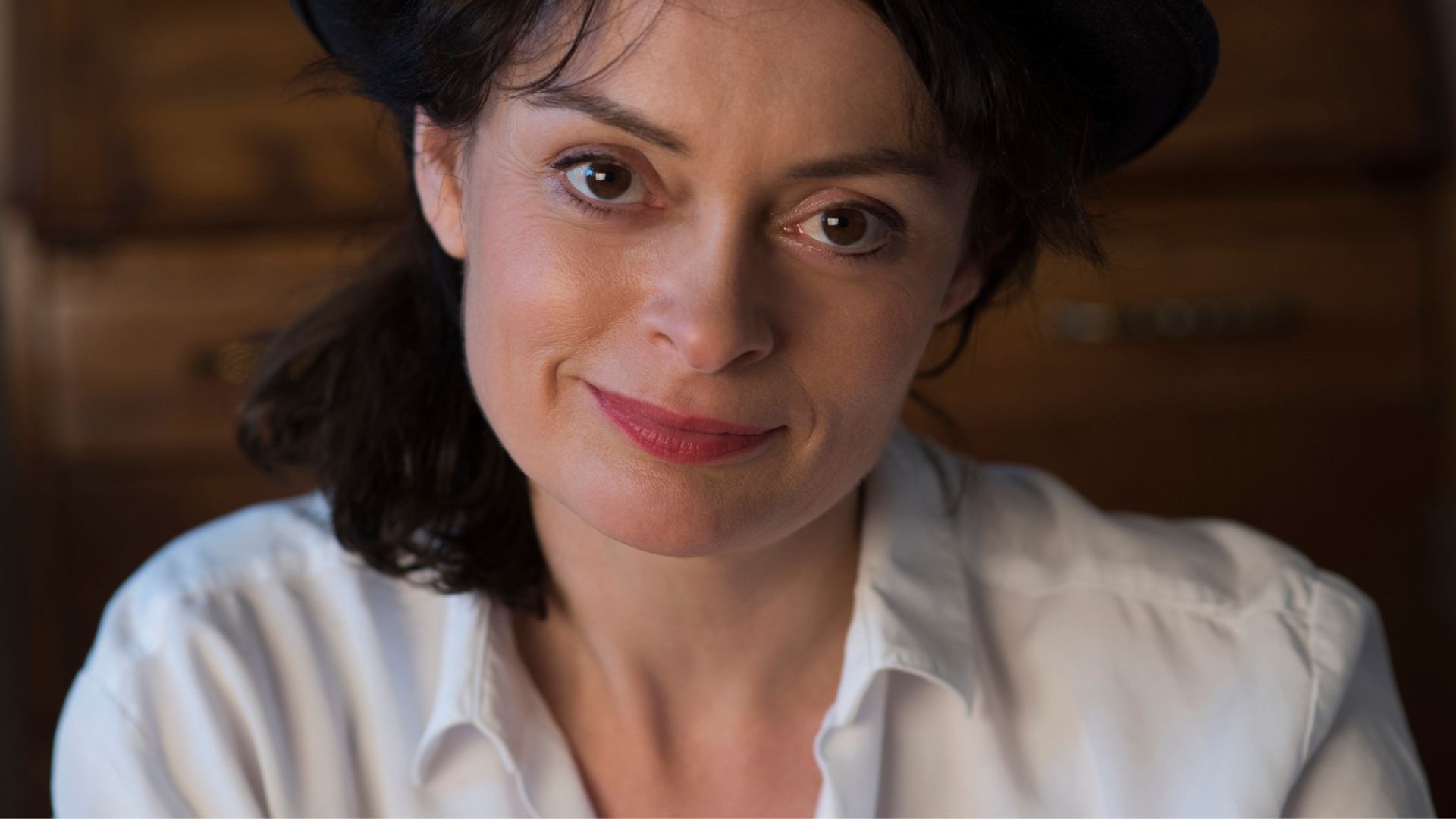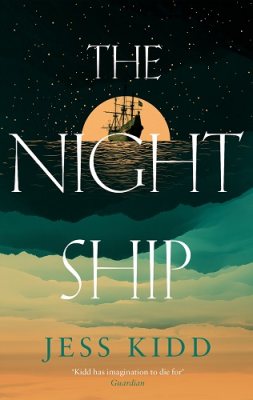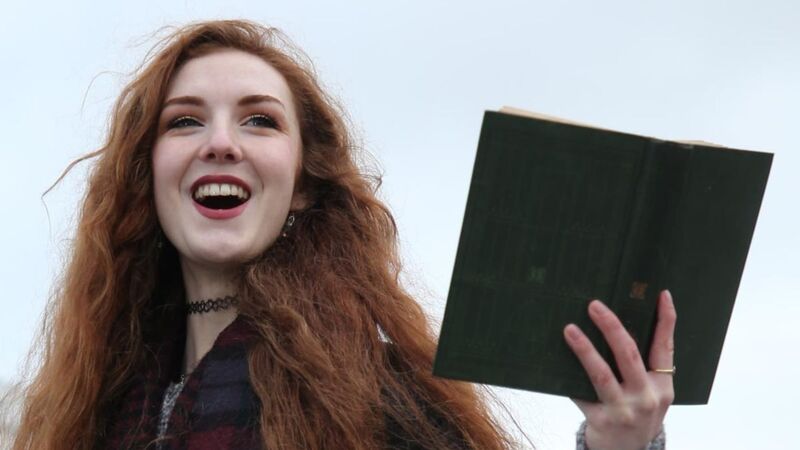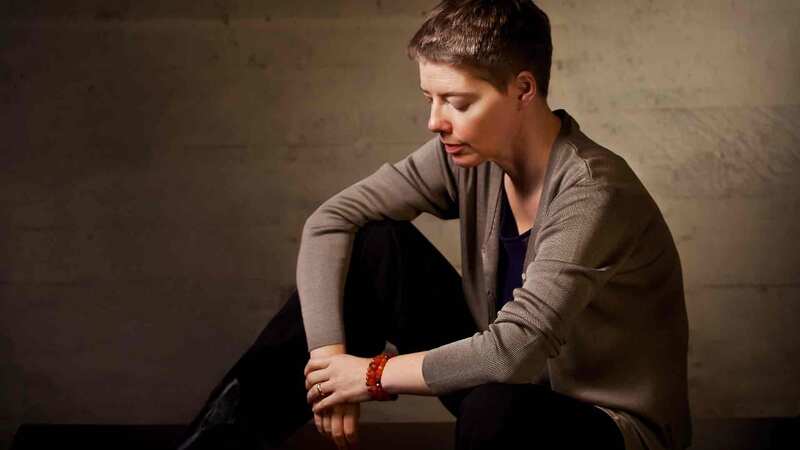You are viewing your 1 free article this month. Login to read more articles.
Jess Kidd discusses her latest novel, new perspectives and maritime disasters
In her latest novel, Jess Kidd interweaves the tales of two child protagonists living 300 years apart.
I couldn’t believe I didn’t know it already,” says Jess Kidd of the true story that lies beneath her latest novel, The Night Ship, a superlead for Canongate this autumn. She was “casting around” for an idea, having gone back in time for her previous novel, the Victorian London-set Things in Jars, when a friend told her the story of the “Batavia”. “It was incredibly compelling,” she says now. “It just got hold of my mind.”
The bare bones of the story Kidd heard are these: on its maiden voyage, the “Batavia” set sail from the Netherlands in 1628, bound for the Dutch East Indies, but was shipwrecked just off the western coast of Australia. The passengers and crew who survived the shipwreck and made it to a small, inhospitable island nearby then suffered a mutiny, before things got much, much worse.
It is now recognised as one of the worst disasters in maritime history.
As Kidd, intrigued, read more widely, she realised that she wanted to, in her words, “take on” the story. “With Things in Jars I based a lot of the characters on real people; here I was dealing with a real-life shipwreck, a massacre, and this extreme set of human behaviours, so it felt like a very dark and terrifying place to be writing into,” she says. “But at the same time, the story struck me as being full of incredible hope, so really it represented the best and worst of behaviour.”
Aware of the vast amounts of research that lay ahead if she were to do the story justice, she put the proposal for the novel to Canongate and US publisher Atria, which were both supportive.
I was trying to look around with their eyes and really experience [what they did]
Pre-pandemic, she was able to travel to the windswept islands off western Australia, the final resting place of the “Batavia”, and to the Netherlands, where a replica “Batavia” has been built. As part of her research, she also read the two contemporaneously written accounts of the disaster, one from the ship’s commander Palsaert and one from the predikant (preacher). She then found herself wondering about the unrecorded, unheard voices. When she discovered that there were 30 children aboard the “Batavia”, of whom just one—a baby—survived, that was it: “A child-eye’s view struck me as the way in to tell the story.”
Like ships in the night
The Night Ship begins with Mayken, a young Dutch girl “made of pale skin and small white teeth and fine fair hair and linen and lace and wool and leather” who leaves her home in Harlem with her doting older nursemaid, Imke, and boards the “Batavia” on its maiden voyage to the Spice Islands. Mayken’s mother is dead—officially of the “bloody flux”, but clever Mayken knows it’s because a baby got stuck inside her, “and it shouldn’t have been up there in the first place”—and she is travelling to her father, a spice merchant she has never met.
In Kidd’s extraordinarily imaginative prose, quite unlike any of her contemporaries, we explore the ship through Mayken’s eyes. There is the “Above World” where she, and others of her class, should remain. More enticing is the “Below World”, the gun deck, the orlop deck and, most mysterious of all, the hold. Mayken is the most delightful guide to this closed, visceral world; her imagination, resilience and bravery shine through, both on the ship as the darkness gathers and during the horrors that lie ahead.
Mayken’s story is interspersed with that of a boy living 300 years later. In 1989, nine-year-old Gil arrives on the barren, windswept Beacon Island—“barely an island, just a lick of coral rubble”, observes one character—off the coast of western Australia, a place also known as Batavia’s Graveyard. Grieving the recent death of his mother, who, while deeply loving, constantly spirited them from place to place, Gil is placed in the care of his reclusive, taciturn grandfather, Joss, who makes a living as a cray fisherman. Besides four fishing families, the island is home to scientists who are diving to the wreck of the “Batavia” and bringing treasures up from the seabed, and so Gil learns the story of the famous shipwreck and about the young girl who is rumoured to haunt the island...
Of her two child protagonists, Kidd says that she didn’t want their stories to be too “fantastically linked”, but for there to be a “resonance” between them. Mayken and Gil’s lives mirror each other’s, similar things are happening in both their lives and at certain heart-breaking points their lives even touch, despite living 300 years apart.
You’re not writing history; you are writing their lived moments. History hasn’t happened yet
Both Mayken and Gil believe in monsters, their “way of interpreting the environment that they are having to deal with”, suggests Kidd, and both are grappling with events beyond their control in the adult world. Mayken believes that the fearsome Bullebak, an eel monster, lurks in the hold and is causing all the trouble on the “Batavia”. For Gil, it is the Bunyip, first encountered in the pages of a storybook, who haunts his dreams.
Delving deep
The trickiest thing about writing The Night Ship was also the most exhilarating, says Kidd of her decision to weave together fictional and real-life characters. Mayken and Gil are entirely fictional but she also includes characters who really lived on board the “Batavia”, including the upper-merchant’s cunning young steward Jan Pelgrom, and poor, battered kitchen boy Smoert. “It felt like a big responsibility but it also felt incredibly poignant.” She obtained a list of everyone on board that included their position on the ship and their nicknames, and the date of their death. “It really brought them to life,” she says, confessing to a few “teary moments” while reading it.
While Kidd clearly undertook extensive research, the novel is never overwhelmed by it. “I was trying to look around with their eyes and really experience [what they did]”, she says. “That’s the thing with [historical novels]. You’re not writing history; you are writing their lived moments. History hasn’t happened yet.” Also, the physical research helped. “Bumping my head about 400 times as I walked around the ‘Batavia’ replica, it really helped to get a physical sense of the life. The same with the island, walking around and seeing the barrenness and feeling the elements.”
Kidd has written both contemporary and historical novels to date and, given the brilliance of The Night Ship, I wonder if she will stay with historical novels now? “I think I’m very led by character and story, so [I’ll go] wherever that is going to take me.” She likens writing any novel to following a character down a rabbit hole: "I feel that when I find a character, I want to know everything about them and where they are going.











